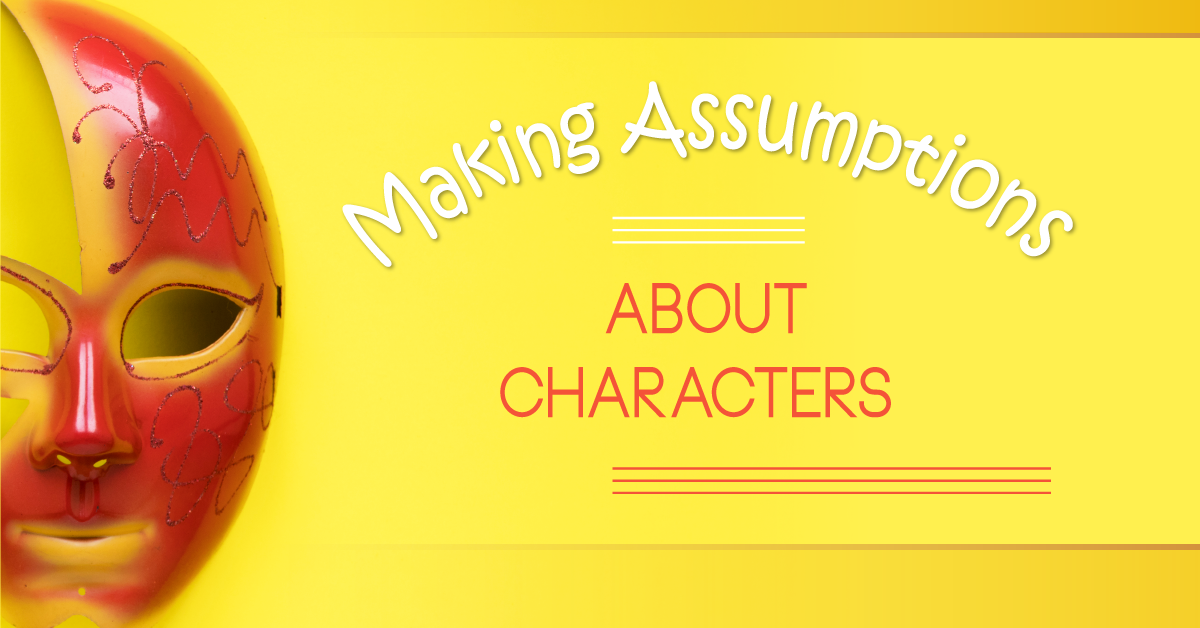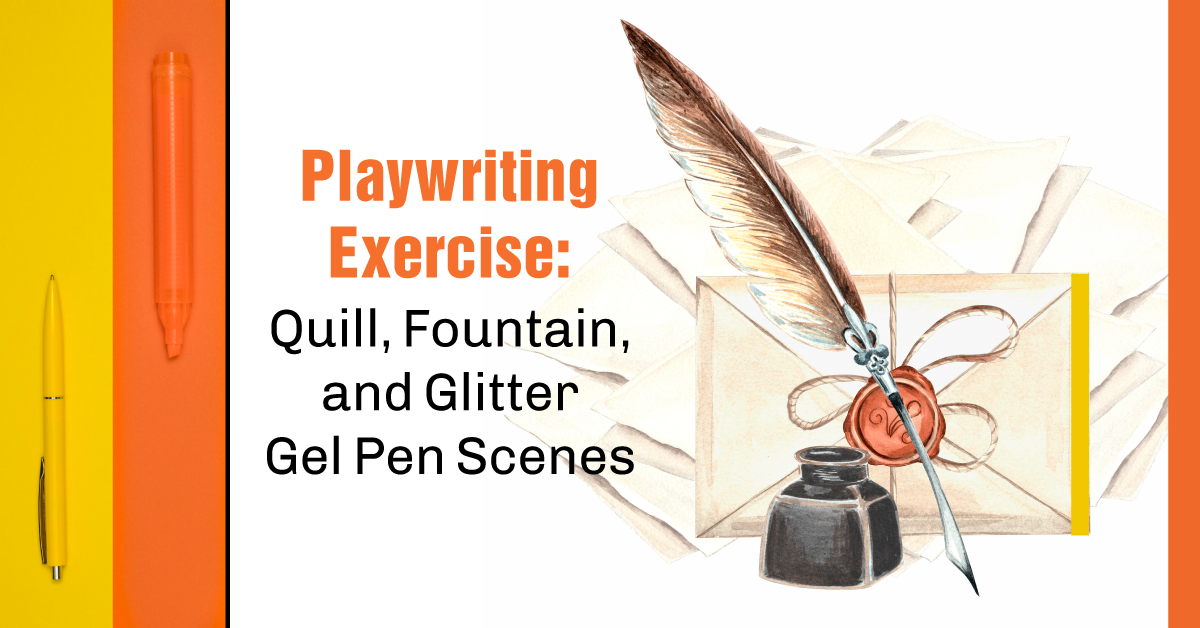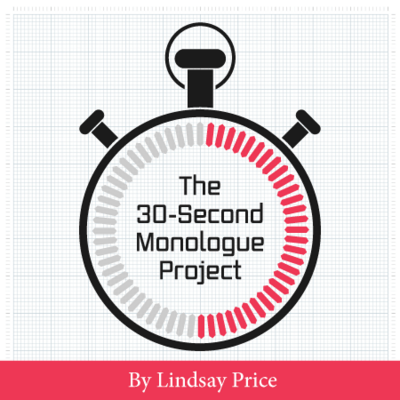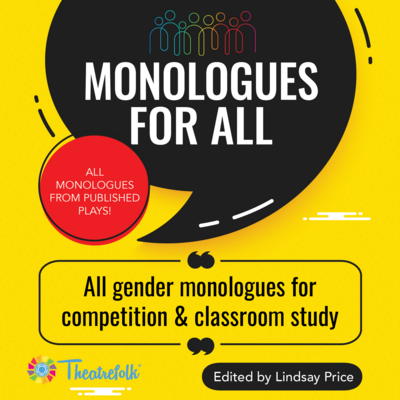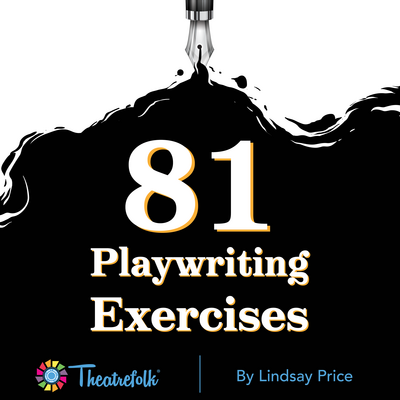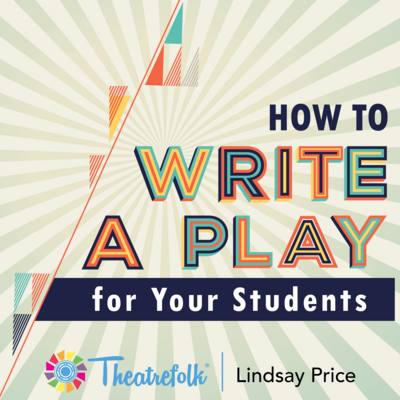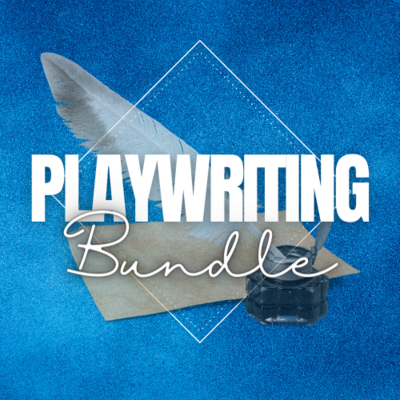Playwriting Exercise: One Moment, Many Perspectives
It’s fascinating how many people can observe the same moment and have wildly different experiences, thoughts, opinions, and memories about what happened. In this exercise, students will write four different monologues featuring four different characters all talking about the same moment, but from their unique perspectives.
Students will create a brief scenario featuring two characters getting into a short disagreement. Start by describing the scenario as simply as possible, boiling it down to the main points. For example: “Sundeep had an ice cream cone. Mary took Sundeep’s ice cream and dropped it on the ground. Sundeep cried. Mary ran away.”
Select four different characters to write monologues for. Take a piece of paper and fold it into quarters. Open the paper and write each character’s name and relationship to the people involved in the disagreement in one of the quarters. Here are some ideas for characters who might be involved:
- First character
- Second character
- First character’s friend
- Second character’s friend
- A character’s significant other (or ex)
- Bystander
- School gossip
- Secondhand news from an authority figure (principal, parent, boss, etc.)
- A newspaper or social media story
Using the example above, one student may choose to write from the perspectives of Sundeep, Mary, Mary’s best friend Tate, and their classmate Jacqueline, who watched the event happen. Another student might choose to write from the perspectives of Sundeep and Mary’s teacher Ms. Dieter, a student named Chris who happened to be walking nearby, Sundeep’s baseball teammate Michael, and Sundeep’s sister Priya.
On each quarter of the paper under the character’s name, write down some notes about the person and their thoughts and reactions to the incident, as well as any relevant details. Some things students should consider when they’re writing include:
- Did the character experience the scenario firsthand, observe it, or hear about it from someone else? How much information do they know?
- How does the character feel about the incident? How do they feel about the people involved?
- What was the character doing during the incident? What are they doing as they speak their monologue?
- Who is the character talking to? Are they talking to someone else, or are they expressing their thoughts to themselves? Or, is the monologue being presented through the lens of writing or social media (a letter, blog post, video blog, social media post)?
- When does the monologue take place in relation to the incident? Is it in the moment, after the fact? How much later — the same day, weeks later, years later?
- What are the character’s biases or alliances? A character’s best friend, significant other, or parent would likely be more invested in the situation than a random bystander or someone reading a news article aloud.
- Each character should have a unique voice; it shouldn’t sound like the same person is speaking in each monologue. Consider things like tone, word choice, use of contractions/slang, and emotional arc.
Once students have mapped out their plans and details, they can write their monologues. Each monologue should be approximately half a page at minimum.
Allow time for students to exchange monologues with a partner and read them aloud, then make revisions as necessary. Hearing a monologue spoken aloud can help students to hear if it flows well, if something is missing, or if something sounds weird, unnatural, or out of character.
Once students have completed their writing, they will submit all four monologues, plus their planning work, for evaluation.
Related Articles
The 30-Second Monologue Project
by Lindsay Price
Give students the confidence, skills and tools they need to master the monologue with The 30-Second Monologue Project. This four-lesson unit guides students from the first moment to a successful performance.
Monologues for All
by Lindsay Price
Many monologue books have monologues with only male- or female-identified characters. This resource allows students to infer the identity of the character.
81 Playwriting Exercises
by Lindsay Price
81 exercises that can be used to get students in the habit of writing on a regular basis.
How to Write a Play for your Students
by Lindsay Price
You’ve chosen to write a play for your students! Where do you start?
Resource Bundle - Playwriting
Use these 4 Playwriting drama teaching resources to make playwriting possible with your students. Great for warm-ups, prompts, writer's block and more!

